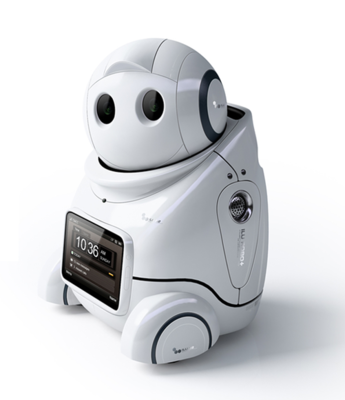
Home robotics is advancing rapidly, from once simple tasks such as vacuuming and monitoring to smart devices such as managing home inventory, pet care assistance and remote health monitoring. The latest generation of home robots now take on a more advanced role, not only enabling automation, but also bringing a whole new level of interaction and utility to the smart home.
With the popularization of domestic robots in everyday life, engineers are faced with a number of technical challenges. Striking a balance between compact design, reliable connectivity, and energy efficiency requires breakthroughs in hardware, communication protocols, and power management. How to overcome these technical barriers to create intelligent, adaptable and energy optimized robotic products for the home?
The compact design challenge: Balancing power and size
Integrating sensors, motors, and processors into compact robot designs without compromising performance is a challenging task. Engineers use advanced materials such as carbon fiber composites and high-strength polymers to keep the shell light and durable. But these high-power components generate a lot of heat, which brings heat dissipation problems. Innovative technologies such as micro-heat pipes, steam chambers and heat-conducting adhesives become key tools for effective cooling in small designs, ensuring stable operation.
Domestic robots need to withstand everyday wear and tear, impacts and various environmental conditions while remaining light and mobile. It is therefore necessary to optimize the internal layout and strengthen the structural design to distribute the stress and prevent mechanical failure. Engineers use finite element analysis (FEA) to assess stress points to ensure material integrity and achieve a balance between compactness and reliability.
Ensure reliable communication
In order for domestic robots to operate seamlessly with other smart home devices, stable, low-latency communication is essential. Because robots need to manage complex interactions (syncing with iot devices, environmental sensors, and cloud systems), they must exchange data at high speeds in order to respond accurately and in real time to applications such as energy management, assisted cooking, and entertainment control.
Maintaining a robust and reliable connection in a typical home environment is a challenge. Household devices can cause Wi-Fi congestion and Bluetooth interference, and network speeds and coverage vary from room to room. All of these factors limit a robot's ability to perform time-sensitive tasks. Engineers are addressing connectivity issues by implementing advanced wireless standards such as Wi-Fi 6E, 5G, and the optimized Bluetooth Low Energy (BLE) protocol, each capable of handling higher data throughput, reducing network congestion, and enabling low-latency communications.
To maximize signal strength and stability in complex home layouts, engineers are leveraging next-generation antenna designs such as multipath and beamforming technologies to enhance signal focus and range. Multipath technology uses reflected signals to strengthen the overall connection, even when the direct line of sight is blocked. At the same time, beamforming technology can specifically direct the signal to the target device, thereby improving signal clarity and minimizing interference. These designs allow robots to operate farther from routers or other wireless signal sources without compromising the quality of the connection. In addition, the use of mesh networks or Wi-Fi extenders helps maintain a stable connection in a larger space, reducing the likelihood of communication interruptions.
These advances in connected infrastructure enable domestic robots to simultaneously process multiple data streams from sensors and devices, enabling real-time navigation and response in dynamic environments. As wireless communication standards continue to evolve, robots will gain greater capabilities for seamless interaction, setting a new benchmark for smart home integration.
Optimized power management
As domestic robots take on complex, power-hungry functions, from real-time imaging to machine learning to environmental sensing, precise power management becomes critical to ensure continuous operation without quickly draining batteries. To meet these demands, mobile robot systems must efficiently distribute power during navigation, data processing and completing tasks, often for hours on end. This requires the design of advanced power management strategies to maximize operational efficiency.
Battery energy storage systems (BESS) can play an important role in powering domestic robots by storing energy during periods of low electricity demand, such as when there is a surplus of solar panel generation. This stored energy can be used to charge domestic robots at night, ensuring they can perform tasks the next day. By accurately powering activities that require high energy, BESS achieves stable performance and longer uptime. To support these power needs, engineers are developing advanced thermal management solutions, which are critical for cooling high-power processors, sensors, and motors in compact designs. Technologies such as micro thermal conduits, phase change materials and thermoelectric cooling are increasingly being integrated to manage thermal risk and maintain optimal performance under continuous load conditions.
Advances in technologies such as solid-state batteries and lithium-metal batteries are pushing the limits of energy density, safety, and charging times to provide more compact, rugged, and faster charging solutions for domestic robots. In addition, dynamic power-saving technologies, such as voltage and frequency regulation, smart sleep mode and adaptive power Settings, allow robots to reduce energy consumption without compromising real-time functionality.
These power management innovations are able to maintain high performance and responsiveness without sacrificing battery life, laying the foundation for the next generation of domestic robots. As these advanced technologies evolve, they will enable robots to become smarter, more resilient and seamlessly integrated into the modern home, raising the bar for sustainable, uninterrupted service operations.
Major advances in home robotics
The future of home robot technology lies in the intelligence, adaptability and optimization of power supply performance. To achieve this goal, there are huge engineering challenges to overcome, from creating a compact, aesthetically pleasing form factor to enabling real-time, low-latency communication and advanced power management. Breaking through these technological barriers provides an opportunity to enhance the smart home experience, making home robots perfectly integrated with People's Daily environment, and making people's lives colorful.
Molex provides critical connectivity and power management solutions to help engineers meet these design challenges. Committed to improving performance and efficiency, Molex supports robotic systems integrated into the smart home, setting new standards for adaptability and convenience. Looking ahead, Molex will continue to develop cutting-edge materials, advanced connectivity protocols and power optimization solutions to shape the future of home robotics, enabling smarter, more seamless solutions that redefine modern life.
The Products You May Be Interested In
 |
2114 | UNIVERSAL QI WIRELESS CHARGING M | 276 More on Order |
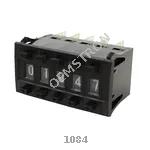 |
1084 | MECHANICAL DECADE COUNTERS - SMA | 136 More on Order |
 |
3758 | SWITCH JOYSTICK 4 WAY 4A 250V | 266 More on Order |
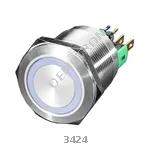 |
3424 | RUGGED METAL ON/OFF SWITCH | 494 More on Order |
 |
481 | RUGGED METAL PUSHBUTTON | 499 More on Order |
 |
4081 | FLAT VIBRATION SWITCH - BREADBOA | 363 More on Order |
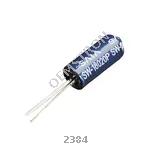 |
2384 | MEDIUM VIBRATION SENSOR SWITCH | 886 More on Order |
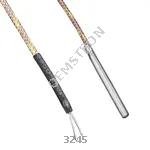 |
3245 | THERMOCOUPLE TYPE-K GLASS BRAID | 201 More on Order |
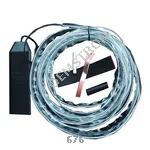 |
676 | STARTER EL PIPING WELTED 5M AQUA | 197 More on Order |
 |
2551 | NEOPIXEL DIGITAL RGB LED STRIP - | 424 More on Order |
 |
4310 | FLEXIBLE SILICONE NEON-LIKE SKIN | 381 More on Order |
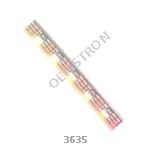 |
3635 | ADDRESS LED STRIP 1M | 532 More on Order |
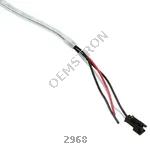 |
2968 | ADDRESS LED STRIP SERIAL RGB 1M | 284 More on Order |
 |
2538 | ADDRESS LED STRIP SERIAL RGB 1M | 296 More on Order |
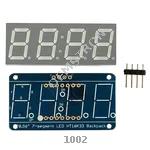 |
1002 | ADDRESS LED 7 SEG I2C WHITE | 465 More on Order |
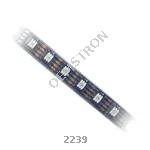 |
2239 | ADDRESS LED STRIP SERIAL RGB 4M | 308 More on Order |
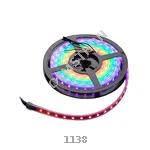 |
1138 | ADDRESS LED STRIP SERIAL RGB 4M | 501 More on Order |
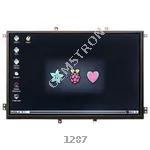 |
1287 | 10.1 DISPLAY HDMI/VGA/NTSC/PAL | 489 More on Order |
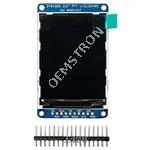 |
1480 | 2.2 COLOR TFT LCD DISP W/MICROSD | 626 More on Order |
 |
4042 | DIFFUSED RED AND GREEN INDICATOR | 475 More on Order |
 |
4163 | FIBER OPTIC TUBE 4MM DIA 1M | 257 More on Order |
 |
499 | RGB BACKLIGHT POSITIVE LCD | 308 More on Order |
 |
1819 | LED MATRIX 8X8 SQUARE YELLOW | 151 More on Order |
 |
1058 | LASER DIODE CROSS 650NM 10MM DIA | 472 More on Order |

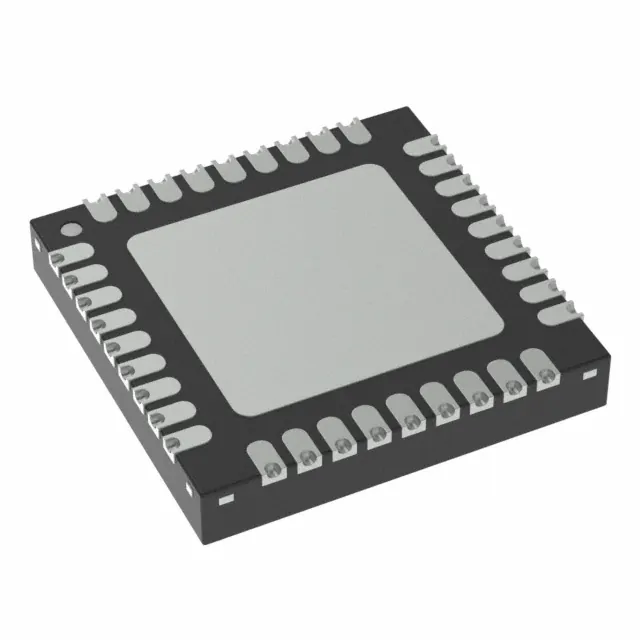 Semiconductors
Semiconductors









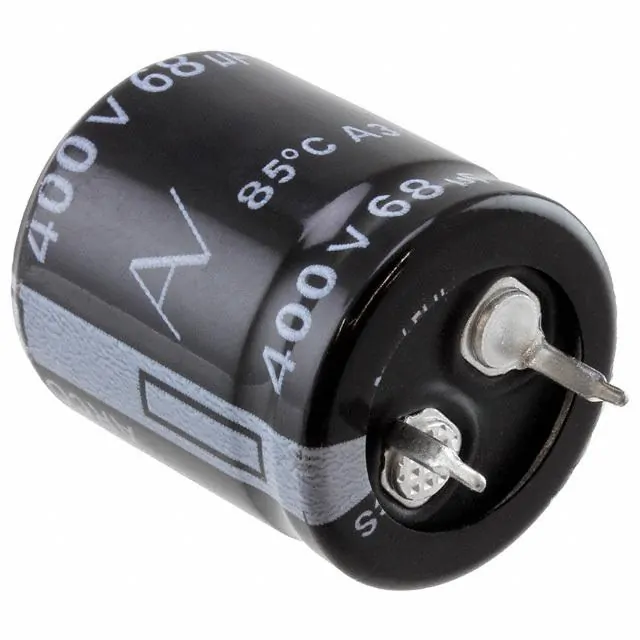 Passive Components
Passive Components









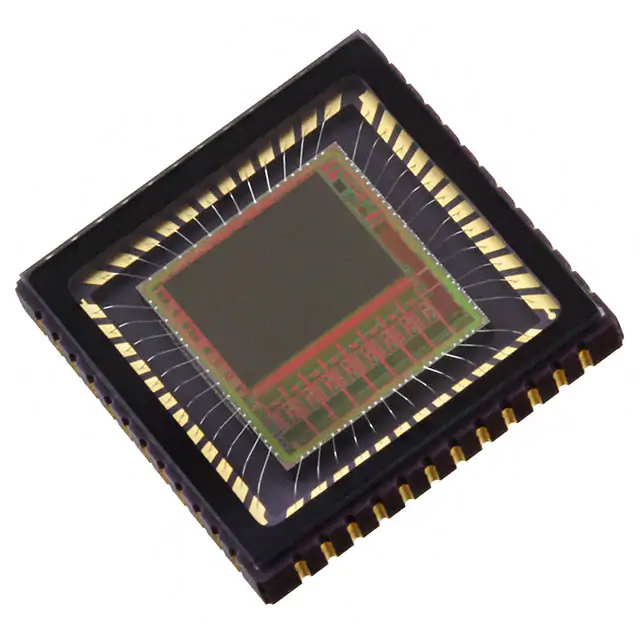 Sensors
Sensors








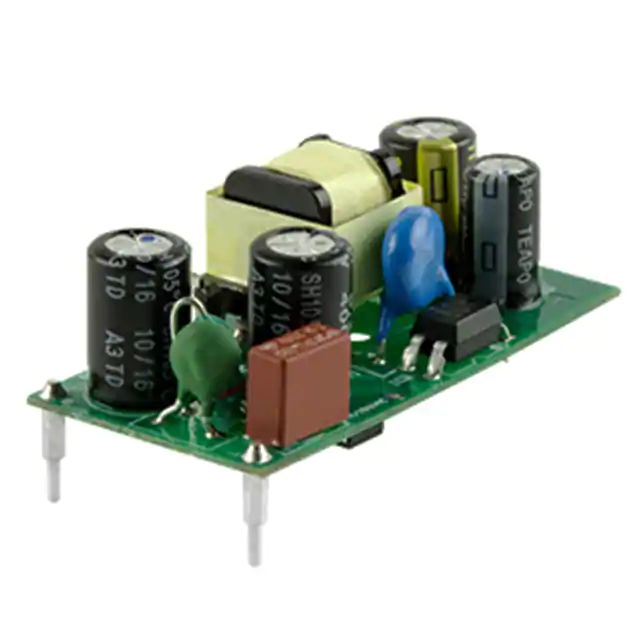 Power
Power









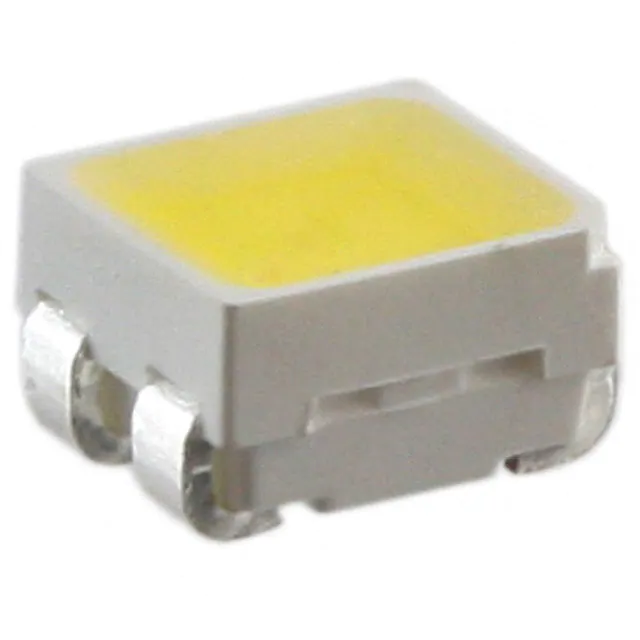 Optoelectronics
Optoelectronics








